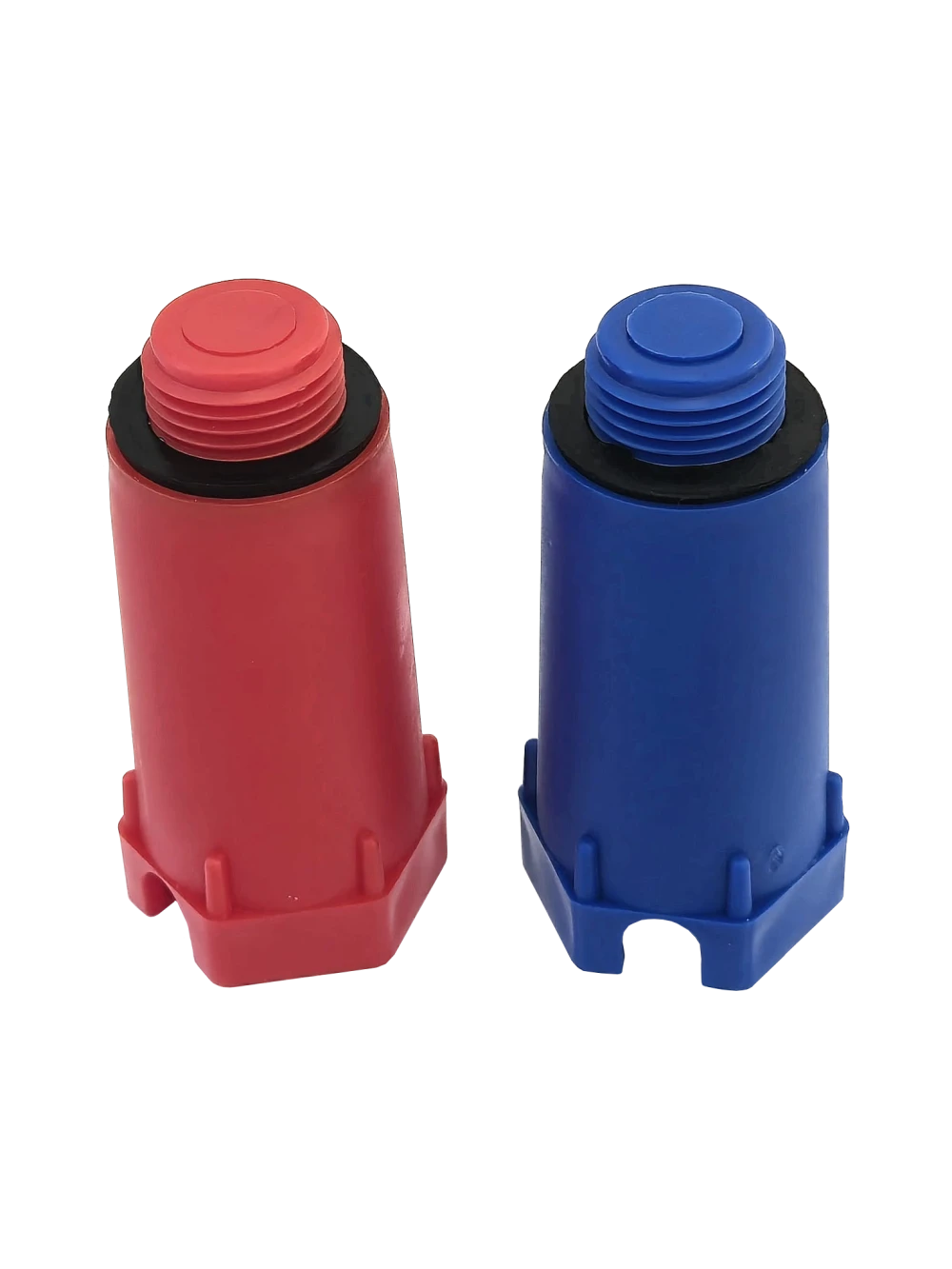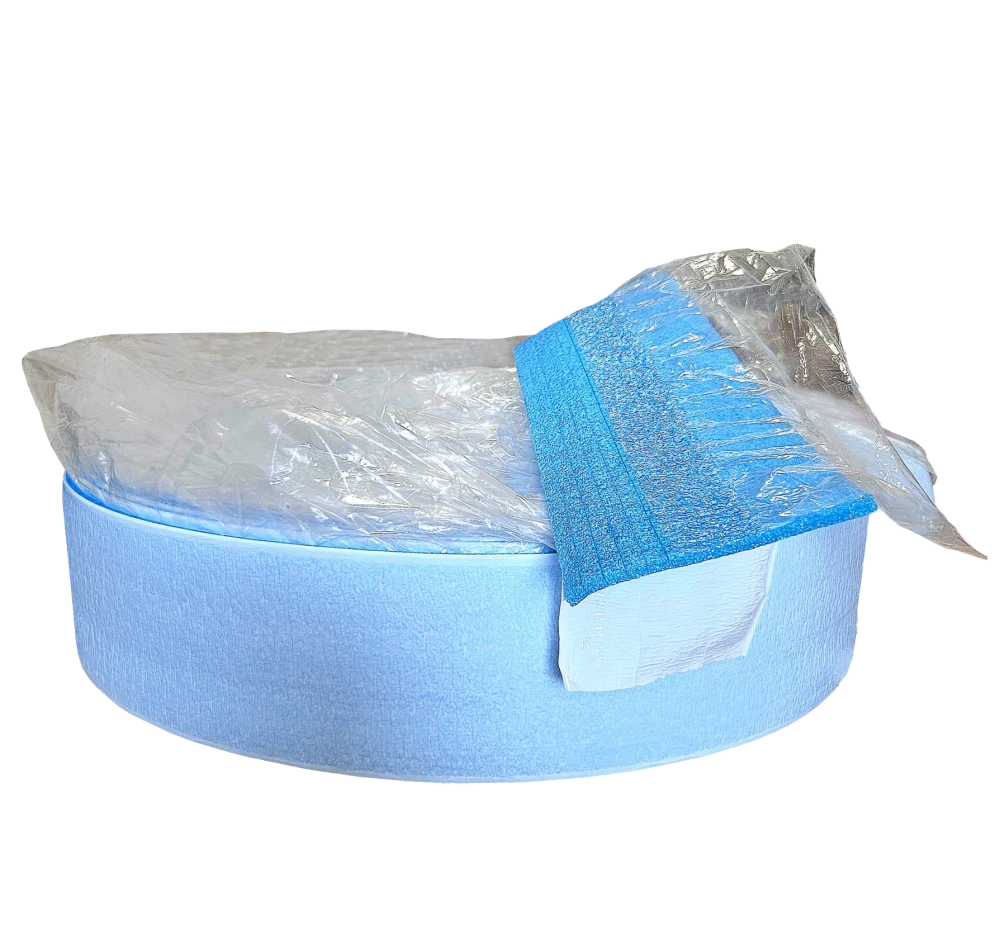

The role and importance of dilatation profiles in underfloor heating systems
In a wet underfloor heating system, dilatation profiles are
not just a recommendation – they’re critical for the performance and structural
integrity of the installation.
What are dilatation profiles?
These are separation elements placed in the screed that
allow the floor to expand and contract naturally as temperatures change.
Without them, the screed may crack and deform, potentially damaging the heating
system and the finishes of the floor.
Why are they so important?
- ✅
Prevent screed cracking – thermal expansion creates internal stresses; dilatation
profiles absorb and relieve them.
- ✅
Protect heating pipes – structural movement can stress or damage the
embedded pipes.
- ✅
Ensure even system performance – no deformation, no heat loss, no risk to
efficiency.
- ✅
Divide large areas – essential for rooms over 8 m long or 40 m² in total
surface.
Where and how are they installed?
- At
door thresholds or room transitions
- Every
8 linear meters in large open spaces
- Installed before screeding, directly over insulation and between heating pipe circuits
Conclusion:
Dilatation profiles are a key detail in wet underfloor heating systems. They
protect your investment by ensuring durability, efficiency, and safe operation
over time.

The pre-assembled 250 MPa hydroformed stainless steel manifold consists of a supply bar and a return bar with 1" internal thread. The supply bar and return bar are mounted with a sound-absorbing element on the brackets.
The supply bar contains:
·
flow regulators
(displayed value 0 - 5l/min) for accurate flow regulation without tools. The
flow volume can be read through the transparent inspection glass,
·
2 to 12 nickel-plated outlets with 3/4“ euroconus thread
·
1 set of nickel plated
1/2" fill/drain valves with manual air vent.
The return bar contains:
·
thermostatic valves for actuators (M30 x 1.5mm, valve stroke
2.9mm) with protective caps,
·
2 to 12 nickel-plated outlets with 3/4" euroconus thread
·
1 set of nickel plated 1/2" fill/drain valves with
manual air vent.
Maximum
operating temperature Tmax: 70°C
Maximum
operating pressure Pmax: 0.6 MPa (6 bar).
Kvs coefficient: Nomograms no. 314/1209/19/3,4,5 and 6

In
their current configuration, underfloor heating systems appear at the beginning
of the 20th century. The English professor Baker is the first to obtain a
patent entitled "System of heating premises with hot water carried through
pipes under the floor". The actual development of the system takes place
immediately after World War II, with the reconstruction campaign in Europe.
The most important benefits of underfloor heating are the following:
·
Provides comfortable and even warmth underfoot, eliminating cold
spots and drafts
·
It operates at a lower temperature than traditional
radiators, reducing energy consumption and utility bills.
·
It is more hygienic as it prevents dust mites and mold growth
·
It saves space and allows more flexibility in furniture placement
as there are no radiators on the walls.
· Can be used with most floor surfaces and divided into zones for increased comfort

A
manifold for underfloor heating system is among the most important element of
the entire system. It is a multi-functional alternative that helps to perform
the assembly steps efficiently. Its main role is to control temperature, flow
and implicitly to reduce maintenance costs.
Flow meter glass material: natural EMS
Grilamid TR55 that offers UV and LX protection
Flow meter spring material: stainless steel












